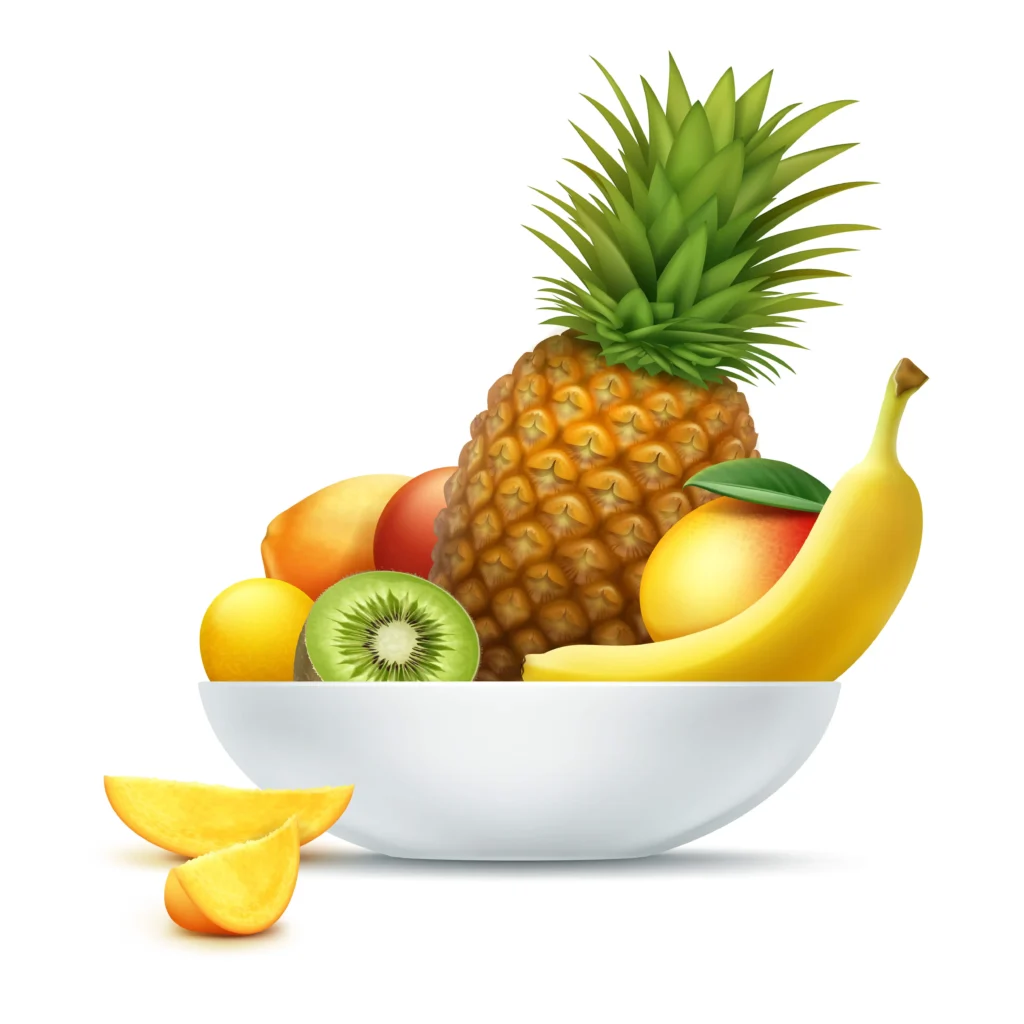Introduction:
After undergoing a tooth extraction, it’s crucial to prioritize your diet to facilitate the healing process and minimize discomfort. During this time, opting for soft foods is not just a suggestion but a necessity. Soft foods are gentle on the gums and allow for easy chewing, reducing the risk of irritating the extraction site and promoting quicker recovery. In this comprehensive guide, we’ll delve into the world of post-tooth extraction nutrition by exploring 50 soft foods to eat after tooth extraction. Whether you’re facing wisdom tooth removal or a simple extraction procedure, these soft food options will ensure a smooth and comfortable recovery, providing the necessary nourishment without compromising your healing process.
Importance of a soft food diet post-tooth extraction
Following a tooth extraction, adhering to a soft food diet is of paramount importance for ensuring optimal recovery. This dietary approach facilitates healing by minimizing discomfort and reducing the risk of complications such as infection or irritation to the extraction site. The consumption of soft foods aids in avoiding unnecessary pressure on the surgical area, allowing it to heal undisturbed. Moreover, soft foods are gentler on the delicate tissues surrounding the extraction site, preventing irritation or damage that could impede the healing process.
By focusing on a soft food diet, individuals can maintain proper nutrition while safeguarding their oral health post-extraction. With a comprehensive list of 50 soft foods to eat after tooth extraction, individuals can explore a diverse range of options that are not only gentle on the mouth but also nutritious, promoting faster recovery and a smoother transition back to regular eating habits.
| Recommended Soft Foods After Tooth Extraction | Foods to Avoid After Tooth Extraction |
| Steamed vegetables | Nuts and seeds |
| Scrambled eggs | Tough meats (steak, jerky) |
| Yogurt | Chewy candies (caramels, taffy) |
| Applesauce | Crunchy snacks (chips, pretzels) |
| Smoothies | Crunchy fruits (apples, carrots) |
| Oatmeal | Popcorn |
| Mashed potatoes | Hard candies |
| Cottage cheese | Spicy foods |
| Pudding | Acidic foods (citrus, tomatoes) |
| Soups | Carbonated beverages |
| Bananas | Hard breads and crackers |
| Avocado | Hot beverages |
Creative Soft Food Recipes
Exploring creative soft food recipes can add excitement and variety to your post-tooth extraction diet while ensuring optimal recovery. By incorporating a diverse range of soft foods into your meals, you can enhance both the nutritional value and enjoyment of your diet. From creamy soups and flavorful purees to inventive smoothie combinations, the possibilities are endless. Experiment with different ingredients and textures to create delicious and satisfying dishes that align with the guidelines of 50 soft foods to eat after tooth extraction. Don’t be afraid to get creative in the kitchen to keep your meals interesting and nourishing during this crucial healing period.
Nutrient-Rich Soft Foods for Healing
Opting for nutrient-rich soft foods is essential for promoting healing and providing your body with the necessary nutrients during the recovery period after tooth extraction. These foods not only aid in tissue repair but also support overall health and well-being. Incorporating a variety of nutrient-rich options from the list of 50 soft foods to eat can ensure that you’re getting essential vitamins, minerals, and antioxidants to aid in the healing process.
Choose foods like mashed avocado, Greek yogurt, steamed vegetables, and protein-rich tofu to provide your body with the building blocks it needs for optimal recovery. Additionally, including foods high in vitamin C, such as citrus fruits or pureed berries, can help boost immunity and reduce inflammation, further supporting the healing process. By prioritizing nutrient-rich soft foods, you can expedite your recovery and ensure a smoother transition back to your regular diet.
List of 14 best soft foods for optimal recovery are:

- Applesauce
- Mashed potatoes
- Yogurt (plain or flavored)
- Scrambled eggs
- Rice (cooked until soft)
- Smoothies (with fruits or vegetables)
- Oatmeal (cooked to a soft consistency)
- Steamed or boiled vegetables (e.g., carrots, broccoli)
- Cottage cheese
- Pudding (vanilla, chocolate, or fruit-flavored)
- Soups (clear or creamy, without chunks)
- Banana (ripe and easy to chew)
- Avocado (mashed or blended)
- Macaroni and cheese (soft and creamy)
Quick and Easy Soft Foods for Busy Days
Opting for nutrient-rich soft foods is crucial for healing after tooth extraction. These foods, like mashed avocado and Greek yogurt, provide essential vitamins and minerals. Incorporating options from the list of 50 soft foods to eat after tooth extraction ensures a well-rounded diet. Prioritizing these nutrient-rich choices supports tissue repair and boosts overall health during the recovery period.
Soft Snacks to Satisfy Cravings
Exploring soft snacks can provide a satisfying solution to cravings during the recovery period after tooth extraction. From creamy yogurt to smooth nut butter, incorporating options from the list of 50 soft foods to eat ensures that you can indulge in delicious snacks without compromising your healing process. These soft snacks offer both comfort and nourishment, satisfying cravings while supporting your journey to optimal recovery.
Tips for Making Soft Foods More Flavorful

- Experiment with herbs and spices to enhance flavor.
- Incorporate flavorful sauces or dressings.
- Use high-quality, flavorful ingredients.
- Add a squeeze of lemon or lime for brightness.
- Explore different cooking methods, such as roasting or grilling.
- Garnish with fresh herbs or a sprinkle of Parmesan cheese.
- Try marinating soft proteins for added flavor.
- Utilize umami-rich ingredients like mushrooms or soy sauce.
- Balance flavors with a touch of sweetness from honey or maple syrup.
- Don’t be afraid to get creative and try new flavor combinations.
Soft Foods for Breakfast, Lunch, and Dinner
- Breakfast: For breakfast, opt for soft foods that are easy to chew and digest, such as oatmeal, smoothies, scrambled eggs, and yogurt. These options provide essential nutrients to start your day without putting strain on your healing mouth.
- Lunch: Choose soft foods for lunch that are satisfying and nourishing, such as soups, mashed avocado on soft bread, cottage cheese with fruit puree, or soft-cooked vegetables. These options offer a balance of protein, carbohydrates, and vitamins to keep you energized throughout the day.
- Dinner: When planning dinner, focus on soft foods that are both comforting and easy to eat, such as mashed potatoes, pasta with creamy sauces, pureed soups, or tender cooked meats or fish. These options provide a satisfying meal while promoting healing and minimizing discomfort.
Soft Desserts for a Sweet Treat
Indulging in soft desserts can satisfy your sweet cravings while ensuring a gentle experience for your healing mouth. Opt for treats like pudding, gelatin, smoothies, or fruit purees, which offer delightful flavors and textures without putting strain on your teeth and gums. Additionally, consider soft versions of classic desserts, such as mashed banana with honey or soft-serve ice cream. These soft dessert options provide a sweet treat to enjoy during your recovery period after tooth extraction.
Read about: Nutrition Diet
Conclusion:
Choosing the right foods after a tooth extraction is crucial for a smooth recovery process. Opting for soft foods not only reduces discomfort but also provides essential nutrients to aid healing. By incorporating these 14 best soft foods into your diet, you can ensure a comfortable and speedy recovery, returning to normalcy in no time.
Frequently Asked Questions:
Q1: Can I eat spicy foods after a tooth extraction?
It’s generally advisable to avoid spicy foods immediately after a tooth extraction. Spicy foods may irritate the extraction site and cause discomfort. It’s best to wait until the area has fully healed before reintroducing spicy foods into your diet.
Q2: Is it okay to consume carbonated beverages?
Carbonated beverages should be avoided after a tooth extraction. The carbonation and acidity in these drinks can disrupt blood clot formation and increase the risk of complications such as dry socket. Stick to plain water or non-carbonated beverages during your recovery period.
Q3:Can I drink through a straw?
Drinking through a straw should be avoided after a tooth extraction. The suction created when using a straw can dislodge blood clots and hinder the healing process. It’s best to drink liquids directly from a cup or glass until the extraction site has fully healed.
Q4: Should I avoid dairy products?
Dairy products are generally safe to consume after a tooth extraction, but it’s essential to choose soft varieties such as yogurt or pudding. Avoid hard cheeses or dairy products that require extensive chewing until the extraction site has healed to prevent any discomfort or irritation.
Q5: How long should I stick to a soft food diet?
It’s recommended to stick to a soft food diet for at least the first few days following a tooth extraction, or as advised by your dentist or oral surgeon. Gradually introduce solid foods back into your diet as tolerated, but continue to avoid hard, crunchy, or difficult-to-chew foods until the extraction site has fully healed.
Q6: Can I eat nuts or seeds?
Nuts and seeds should be avoided immediately after a tooth extraction. These foods can be difficult to chew and may contain small, hard particles that could irritate the extraction site or become lodged in the wound. It’s best to wait until the area has healed before reintroducing nuts and seeds into your diet.
Q7: Are there any foods that can help reduce swelling?
Yes, certain foods may help reduce swelling after a tooth extraction. Cold foods such as ice cream, frozen yogurt, or chilled fruit can help soothe inflammation and provide relief. Additionally, consuming foods rich in vitamin C, such as citrus fruits or bell peppers, may help promote healing and reduce swelling.







